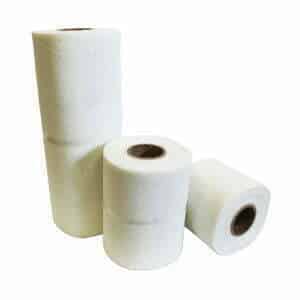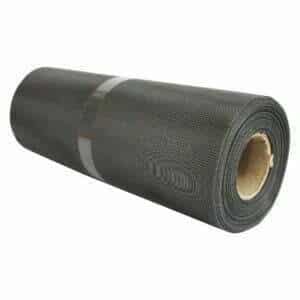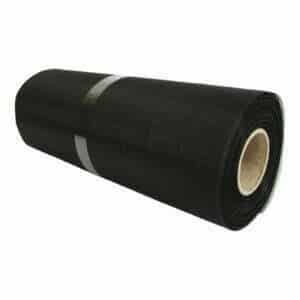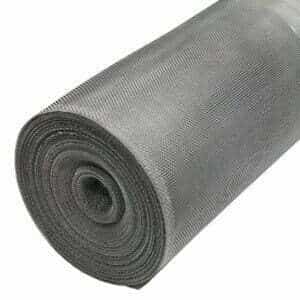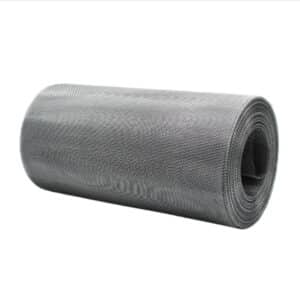








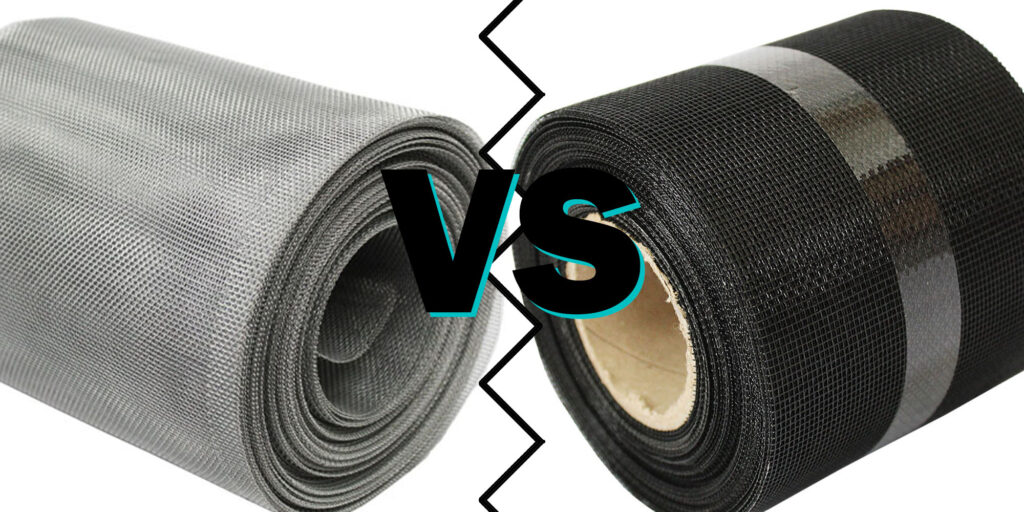
For homeowners who value comfort, durability, and protection from pesky insects, choosing the right fly screen mesh is crucial.
There are advantages and disadvantages to both fibreglass and aluminium in the debate between the two materials. This blog takes an exhaustive look at both options, helping you make an informed choice for a bug-free living environment.
Fly screen mesh is dominated by two major contenders: fibreglass and aluminium. Each has its champions and detractors, advocating for their material of choice based on durability, cost, maintenance, and installation ease. When it comes to insect-free homes without sacrificing air flow or view, which one stands out?
Let’s dissect the fibreglass vs aluminium debate in detail and see if we can establish a clear winner.
A popular choice among homeowners looking for durability is aluminium mesh, which is known for its strength and longevity. Aluminium strands are woven into a mesh, offering a robust barrier against insects.
The fibreglass mesh is woven from fine strands of fibreglass and coated with PVC for durability. Its versatility and ease of use make it a popular choice.
| Material | Pros | Cons |
|---|---|---|
| Aluminium | Durability: Resistant to rust and corrosion, ideal for all climates; Security: Offers added strength; Longevity: Cost-effective over time | Cost: More expensive than fibreglass; Flexibility: Rigid, making installation challenging; Conductivity: Can conduct heat and cold |
| Fibreglass | Cost-Efficiency: Less expensive than aluminium; Ease of Installation: Flexible and easy to install; Color Variety: Available in various colors | Durability: More prone to tearing and damage; Visibility: Can obstruct views more than aluminium; Maintenance: May require frequent replacements |
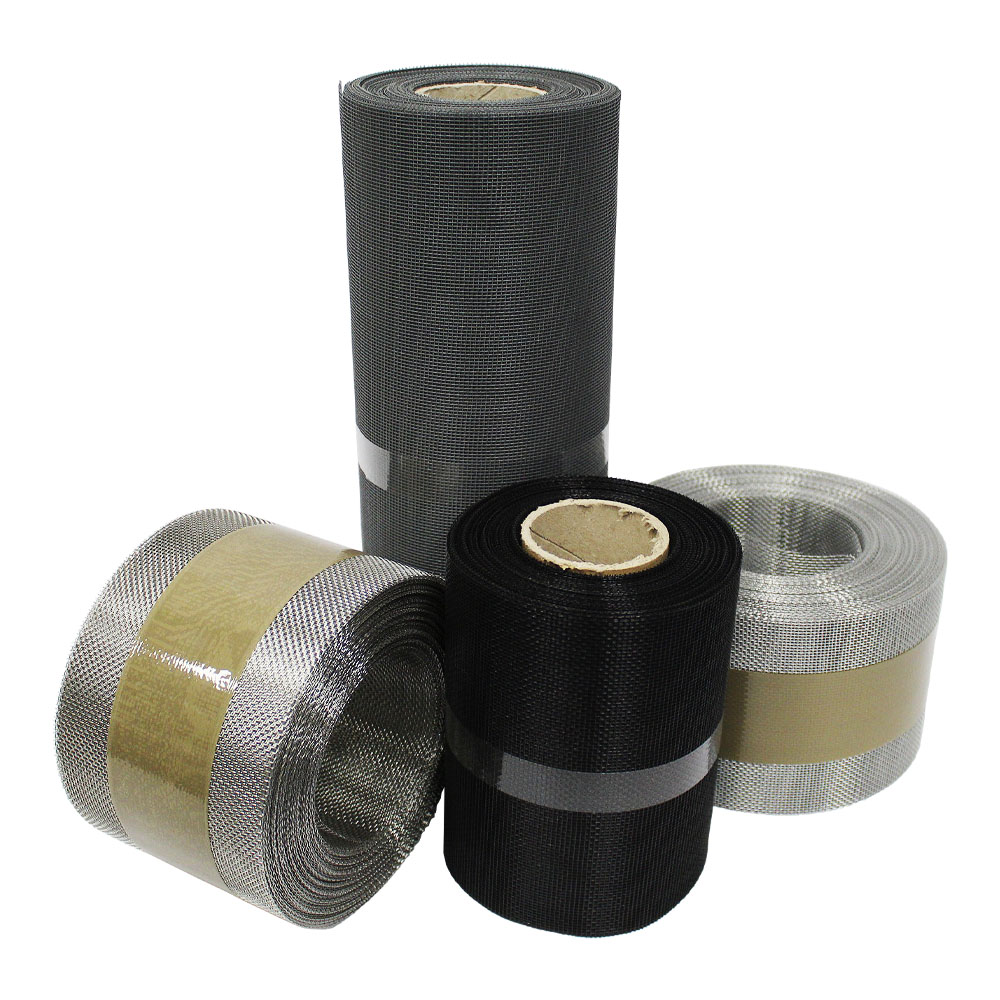
When comparing fibreglass and aluminium, several factors come into play, such as durability, maintenance, cost, environmental impact, and aesthetics.
Aluminium mesh can withstand harsh environmental conditions without succumbing to wear and tear thanks to its exceptional durability. In order to maintain its integrity over time, it often just requires a simple cleaning.
While fibreglass is durable, it may show signs of wear such as fraying or sagging more quickly than aluminium. A more convenient option, however, is that it is easier to replace and repair.
Fibreglass mesh is easy to install due to its flexibility, making it a favorite for DIY projects.
Although more challenging to install due to its rigidity, aluminium can provide a sleek, almost invisible barrier against pests, resulting in a more desirable aesthetic for homeowners.
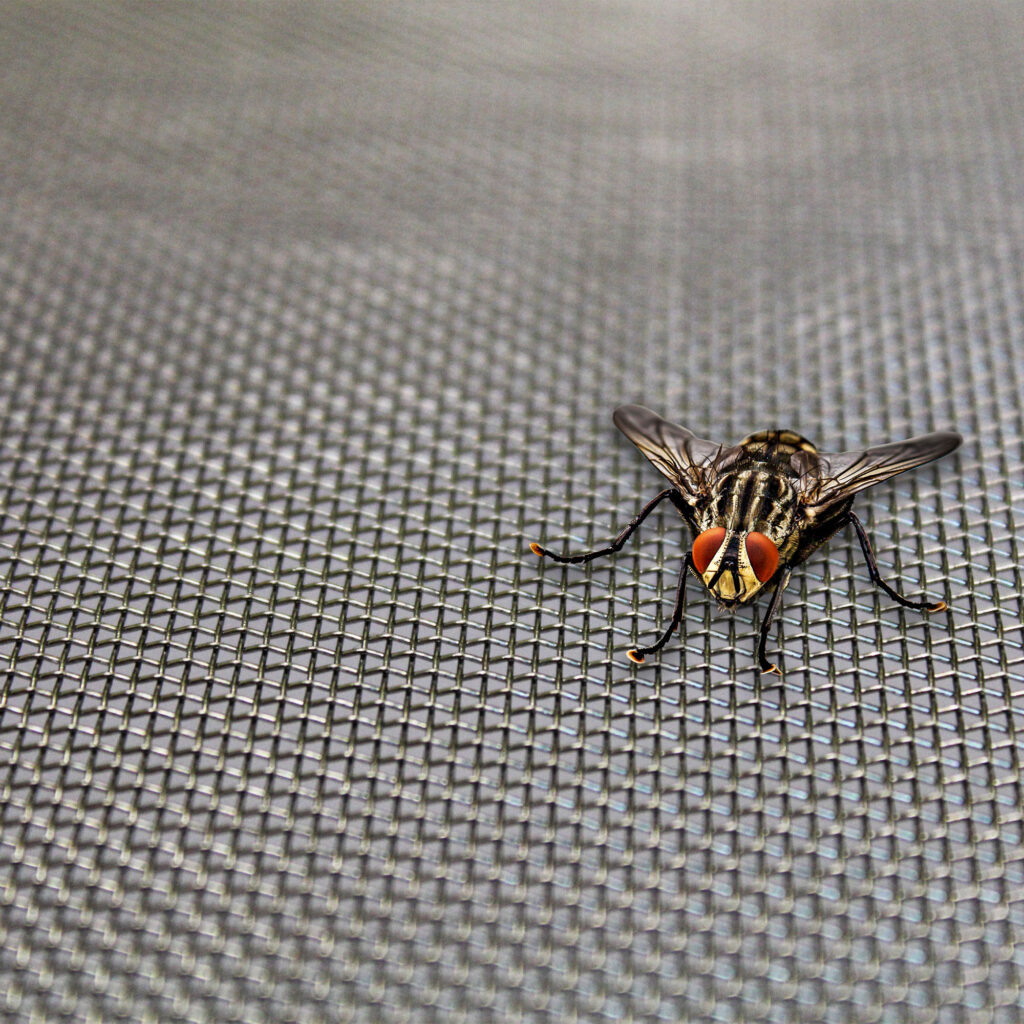
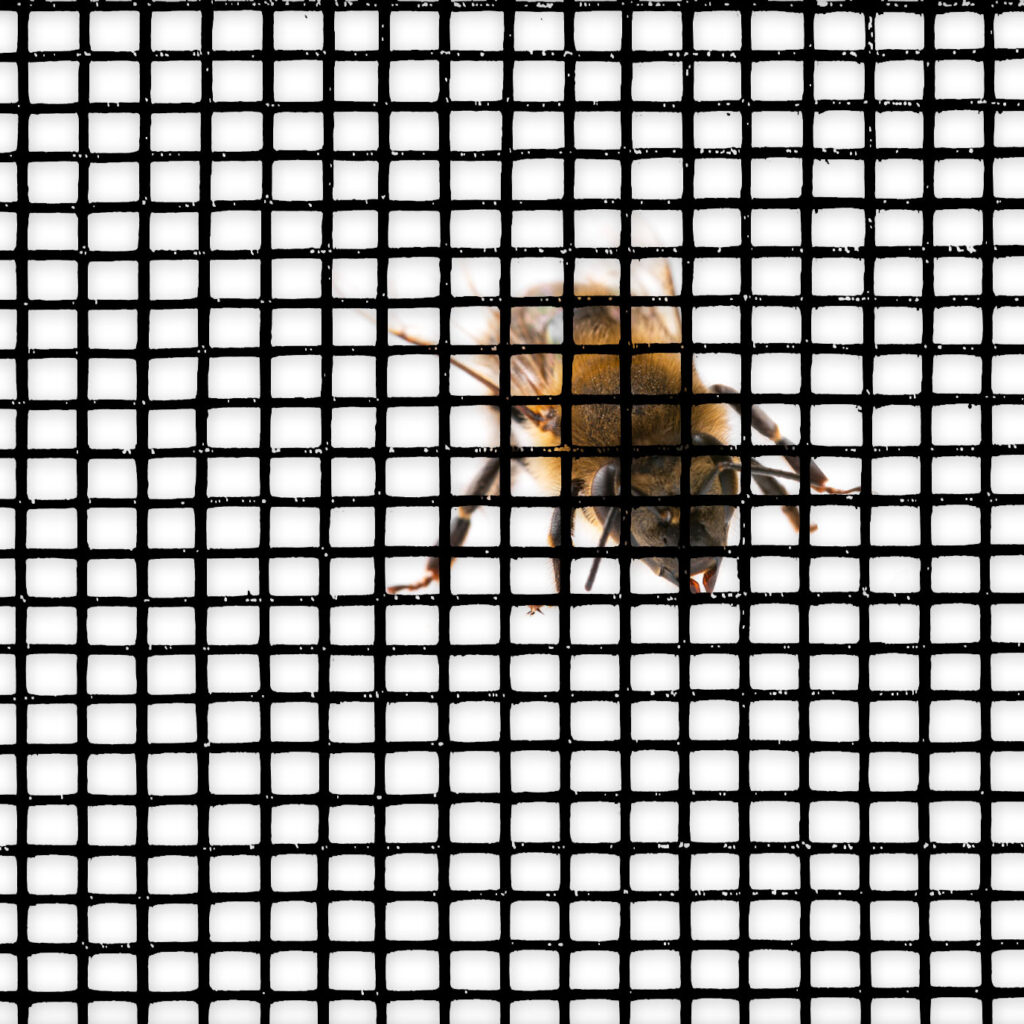
For environmentally conscious homeowners, the choice between fibreglass and aluminium also involves considering the ecological impact. Aluminium, being a metal, is fully recyclable, offering a sustainable option that can be reused without losing its properties. Fibreglass, on the other hand, is less eco-friendly in terms of recyclability but requires less energy to produce, presenting a nuanced choice for those weighing environmental impacts.
Initially, fibreglass mesh might seem like the more economical choice, but when considering the lifespan and durability of aluminium, the latter may prove more cost-effective in the long run. Aluminium’s resistance to damage means fewer replacements, whereas fibreglass might need more frequent renewals due to wear and tear, potentially leading to higher costs over time.
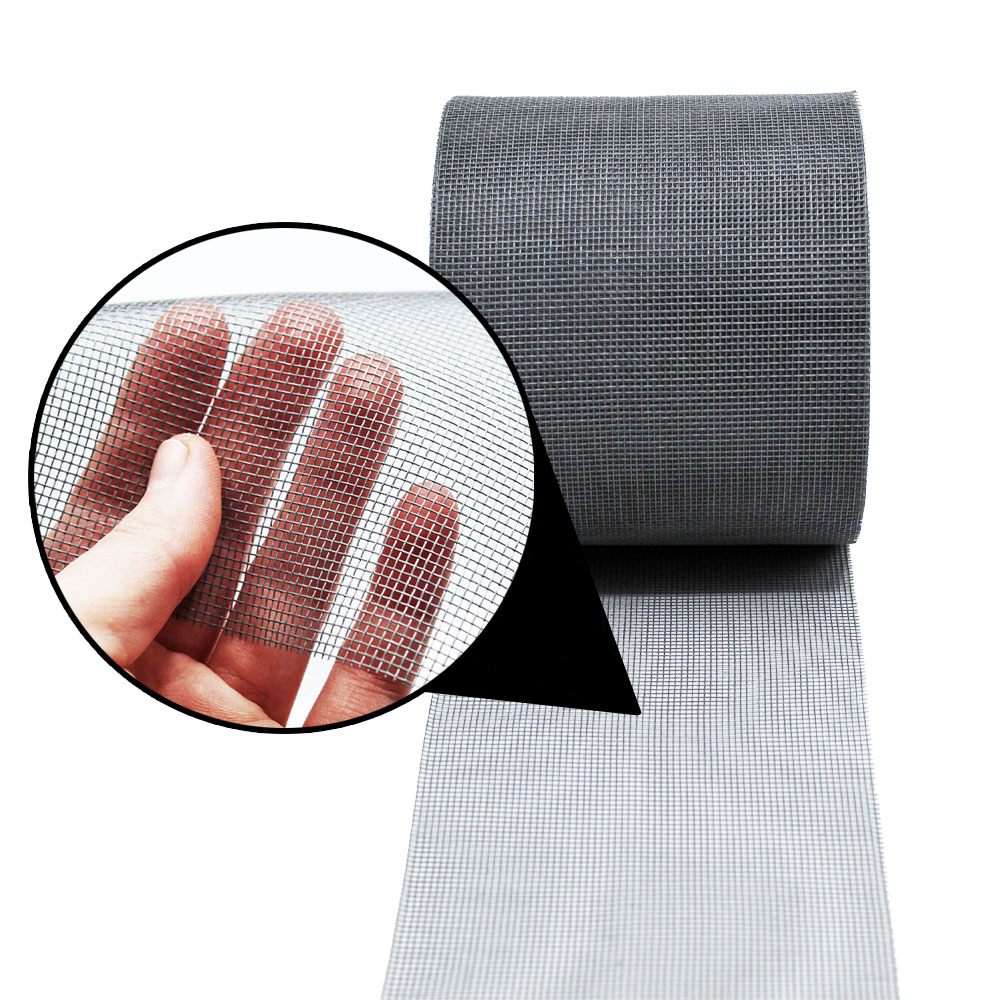
Materials such as aluminium and fibreglass are leading contenders for durability and design, each with different characteristics to suit different requirements. Aluminium, derived primarily from bauxite ore, has an innate resistance to corrosion and lightweight strength, making it ideal for aerospace components as well as household items like fly screen mesh. Durability and rust-resistant properties provide a robust barrier against the elements and pests.
Conversely, fibreglass, a composite material made from fine strands of glass woven and set in polymer resin, is versatile and affordable. Fibreglass is widely used in construction, automotive, and marine applications because of its flexibility, non-conductivity, and excellent thermal insulation. As a choice for fly screen mesh, it is easy to install and comes in a variety of colors, catering to aesthetic preferences and practical installation needs.
It comes down to specific project needs when it comes to choosing between aluminium’s unmatched durability versus fibreglass’s insulating, cost-efficient appeal.
You must weigh your specific needs and the environment when choosing the right material for your fly screens. It is crucial to consider factors such as local weather patterns, durability requirements, and budget when deciding between fibreglass, aluminium, or stainless steel meshes.
Aluminium mesh is a superior choice for homeowners living in areas prone to extreme weather conditions – such as intense rains, prolonged sunlight exposure, coastal salt air, or high humidity levels. The fly screens will maintain their structural integrity, functionality, and aesthetic appearance for many years without requiring frequent replacements or extensive maintenance due to their resistance to rust and corrosion. Due to its robustness and longevity, aluminum is a great choice for those living in harsh environments, providing a practical, albeit slightly more expensive, solution for long-term protection.
For those who prioritise cost-effectiveness without compromising quality, fibreglass mesh is a viable alternative. While it does not match the durability and resistance of aluminium, especially in extreme conditions, fibreglass screens are capable of providing adequate protection against insects and are less prone to creasing and denting, making them a budget-friendly option for moderate climates.

Fibreglass mesh, on the other hand, offers significant advantages in terms of flexibility, ease of installation, and cost. Due to its lightweight nature and pliability, it is a favorite among DIY enthusiasts because it can easily be fitted to a variety of window and door frames. Moreover, fibreglass mesh is generally more affordable than aluminium, making it a cost-effective option for homeowners on a budget. In addition to matching or complementing your home’s exterior design, the variety of colors available adds a beautiful touch.
Nevertheless, you should consider the long-term consequences of your decision. While fibreglass mesh might be more susceptible to wear and tear, requiring possible replacements or repairs down the line, its initial lower cost and ease of maintenance could offset these drawbacks for many. Alternatively, aluminium mesh may prove more economical over time due to its superior durability and minimal maintenance requirements.
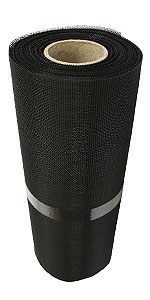
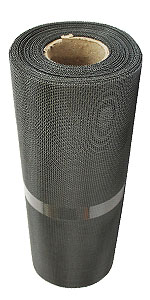
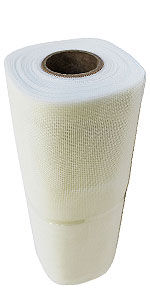
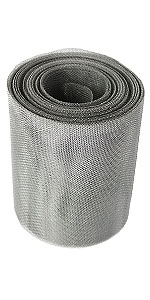
As always, thank you for checking out our blog. We hope that this helps you with your project. We try to launch a couple of new guides every week. Eventually we will have covered everything there is to cover about mesh.
You may be interested in our blog that explores Choosing the Best Wasp Netting: A Guide to Selecting Insect Mesh
Our goal for our blogs and help guides is to answer as many questions as possible to help to explain the possibilities of mesh to our customers.
